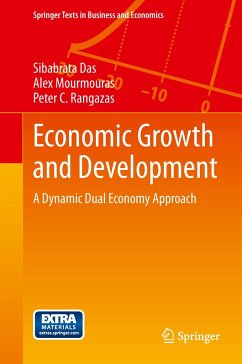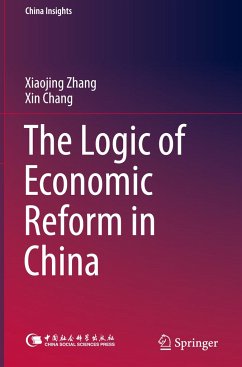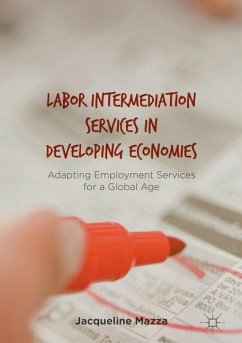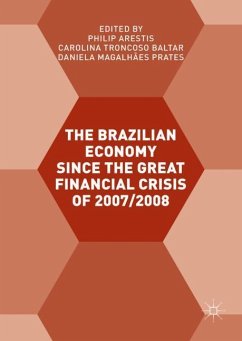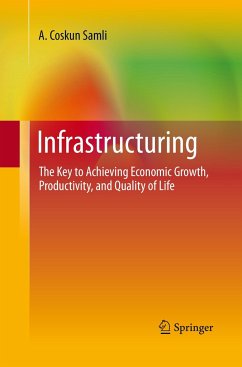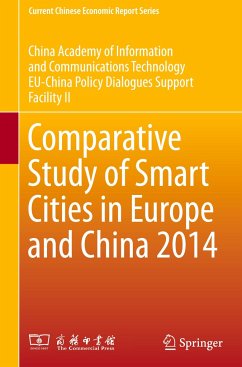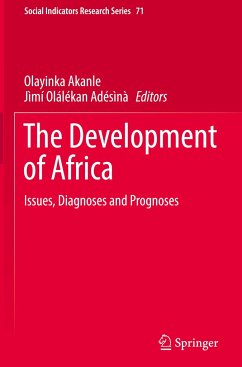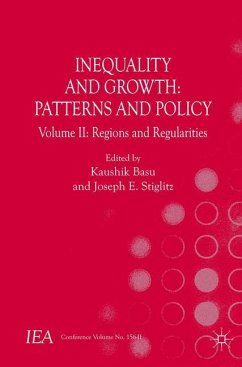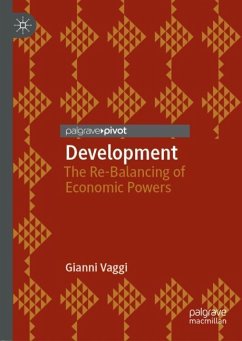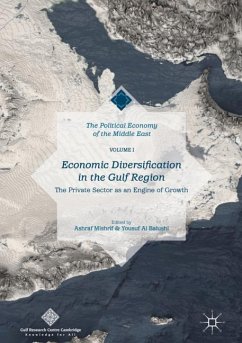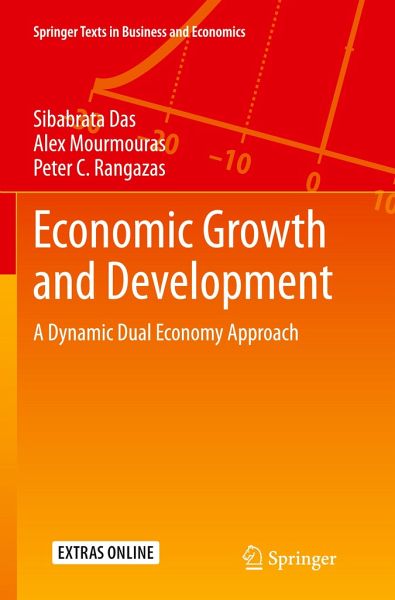
Economic Growth and Development
A Dynamic Dual Economy Approach
Versandkostenfrei!
Versandfertig in 6-10 Tagen
38,99 €
inkl. MwSt.
Weitere Ausgaben:

PAYBACK Punkte
19 °P sammeln!
Growth theory provides a rich and versatile analytical framework through which fundamental questions about economic development can be examined. This book is an introduction to the newer features of growth theory that are particularly useful in examining the issues of economic development. Structural transformation, in which developing countries transition from traditional production in largely rural areas to modern production in largely urban areas, is an important causal force in creating early economic growth, and as such, is made central in this approach. Towards this end, the authors augm...
Growth theory provides a rich and versatile analytical framework through which fundamental questions about economic development can be examined. This book is an introduction to the newer features of growth theory that are particularly useful in examining the issues of economic development. Structural transformation, in which developing countries transition from traditional production in largely rural areas to modern production in largely urban areas, is an important causal force in creating early economic growth, and as such, is made central in this approach. Towards this end, the authors augment the Solow model to include endogenous theories of saving, fertility, human capital, institutional arrangements, and policy formation, creating a single two-sector model of structural transformation. Based on applied research and practical experiences in macroeconomic development, the model in this book presents a more rigorous, quantifiable, and explicitly dynamic dual economy approach to development. Common microeconomic foundations and notation are used throughout, with each chapter building on the previous material in a continuous flow. With its single model and focus on data and policy analysis, this text is intended for beginning graduate students and policy makers interested in economic development.




